The first of March is also known in the UK as Saint David’s Day or the Feast of Saint David. This day celebrates the patron saint of Wales, St David, or in Welsh Dewi Sant, and is held on the 1st of March each year as this is the anniversary of his death.
St David
The exact date of St David’s birth and that of his death is unknown though he is believed to have been born in the late 490s to early 500s and died around 569 AD.
He is said to be the son of Saint Non and the grandson of Ceredig ap Cunedda, who was a king of the Welsh kingdom Ceredigion. However, he didn’t follow in his grandfather’s footsteps, instead he became known as a teacher and preacher, spreading the word of the church.
St David became a bishop and established monasteries and churches across Wales, Dumnonia (a southern region in Britain at the time), and Brittany. St David’s Cathedral pictured to the right stands on the sight of one of the monasteries he founded in Pembrokeshire.
There are several stories about St David performing miracles. The most well-known of which is when the ground he was standing on rose beneath him to raise him up high enough to be heard by the crowd gathered around him and created a hill which remains at the village of Llanddewi Brefi.
St David became the patron saint of Wales in the 12th century for his work and the miracles he performed.

Some people choose to celebrate by wearing recognised symbols of Wales like daffodils and leeks, eating Welsh dishes like cawl or Welsh rarebit and wearing traditional Welsh dress.
A lot of Welsh cities also hold parades or festivals, when not in the middle of a national pandemic, though the day is not yet a bank holiday for the country.
At Xcite Car Leasing we’re celebrating by taking an in-depth look at the best-known Welsh car company – Gilbern!

Who Were Gilbern?
Gilbern’s full company name was Gilbern Sports Cars (Components) Ltd and was founded by an unlikely friendship between a Welsh butcher and former WW2 German soldier.
Giles Smith and Bernard Friese combined their two first names to create the company name Gilbern.

Image Sourced: https://www.carlogos.org/car-brands/gilbern-logo.html
Bernard Friese was captured during the war and sent to a prisoner of war camp in Kent until the conflict ended in 1945. He decided to stay in Britain, marrying an English woman and working for a coachbuilding company before relocating to Wales.
The pair came together in the small Church Village near Pontypridd and bonded over their love of cars that were known at the time as specials. These were hand-made and sometimes quite uniquely styled cars that were based on cheaply available mechanical pieces available from the pre-war Ford and Austin models.
Instead of purchasing and building one of these existing kit specials the pair took Bernard’s glass fibre knowledge from his work at the coachbuilding company and designed their own vehicle.
In a workshop behind Giles’ family butcher shop they began to work on their own special two plus two sports car, with the mechanical parts of an Austin 35 housed under a fibreglass body. When it was nearly completed they invited the well-known local amateur racing driver Peter Cottrell to view and inspect the car. It was then that Giles and Bernard realised that the car they had made was too good to be a one-off, and from there the Gilbern GT was born. In fact, Peter Cottrell was such a fan that the second ever Gilbern model was made for him.
It wasn’t long before the workshop was deemed too small and inconvenient, after having to cut down a pear tree in order to remove the first car they built there, for their production needs and so in 1961 Gilbern moved to a new location at the old Red Ash Colliery in nearby Llantwit Fardre.
Initially, the cars were only available as kits that you bought and then assembled yourself at home but as the company grew they also offered assembled and ready to drive models.
During the initial years, the company struggled with sourcing parts. Initially, they provided customers with just a basic kit of the body and chassis and it was up to them to source the necessary mechanical parts, but this was so unsuccessful that they soon decided the cars would be provided as component cars rather than kit cars.
They might sound like the same thing but they’re really not. A component car is supplied nearly completed. It’s painted, wired and trimmed, the owner would need to fit the engine, gearbox, back axle, wheels and exhaust system and sometimes other minor trim details that could only be secured once these were in place.
Drivers could usually complete this work within six weeks or so and all components were new and under warranty for them.
One reason that customers bought, and so companies like Gilbern sold, component cars rather than fully built models was that it helped them avoid a purchase tax which during the time Gilbern was active varied between 19% and 45%.
The company did have some issues at first in sourcing quality engines and gearboxes as they had to buy these over the counter from local dealers and were unable to obtain any trade discount while ordering such small numbers of products, but as the business took off, they were able to overcome this.
In 1965 the business was accepted as a member of the Society of Motor Manufacturers and Traders. This allowed them greater trading freedom and they were allowed to have a stand at the British International Motor Show.
During the peak of its popularity, the roadster was in great demand and the business employed 20 people, increasing the timeframe from a month to a week to produce a car.
In 1968 the business was taken over by Ace Capital Holdings Ltd, a company whose primary line of business was manufacturing slot machines. It was then that Giles Smith took a step back from the business and was replaced by Mike Leather and Maurice Collins as joint managing directors. In the early 1970s the business was first sold to Maurice Collins and then to Mike Leather.
In 1973, after the economic turmoil of the oil crisis, rising inflation, a three-day working week and taxation changes that saw component cars charged the same VAT as a fully made model, the company ceased producing new models. The company officially closed in 1974.
During its heyday, the Gilbern brand was loved by race drivers and celebrities alike. Peter Cottrell wasn’t the only driver racing competitively in the Gilbern GT. Noted owners include Anthony Hopkins, Mrs Marks of Marks and Spencer and even Prince Charles was seen driving one, though it’s never been confirmed that he owned one.
What Cars Did Gilbern Make?
During their short lifetime, Gilbern only made a few models and we’ve taken a look at each of these below for you to learn a little more about each of them.
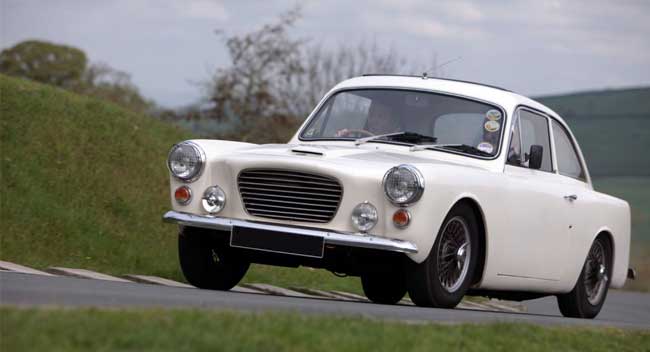
Image Sourced:https://www.classiccarintelligence.co.uk/classic-car-details/gilbern-gt/428
Gilbern GT
The Gilbern GT was a two plus two (two seats in the front and two in the rear) two-door coupe.
This is the model that started the entire Gilbern journey.
Made until 1967 it was originally available with either BMC A-Series engine, and optional Shorrock supercharger, or a larger Coventry Climax engine.
Later versions had a B-series 1500, 1600 cc MGA, or a 1800 cc MGB engine and with these larger engines came the subtle name change to the GT18000.
In 1961 you could purchase a component model for under a £1,000 including the tax.
Gilbern Genie
In 1966 Gilbern introduced the Genie. A larger two plus two tourer that came with more powerful Ford V6 engines.
Alongside the new engine the Genie used MGB mechanicals, although an Austin Healy 3000 rear axle was also used.
It was available to purchase the following year in 1967 overlapping with the GT1800 for a short period.
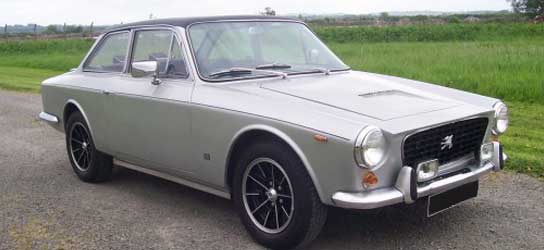
Image Sourced: http://classiccars.brightwells.com/viewdetails.php?id=5676
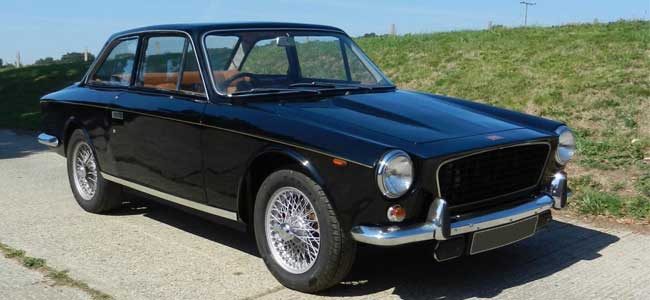
Image sourced:https://car-from-uk.com/sale.php?id=41568&country=uk
Gilbern Invader
The Invader was the third Gilbern model and was essentially a more powerful version of the Genie, offering you up to 120mph.
It was released in 1969 and was the last Gilbern model to be sold to the general public.
Before the business closed and tax reforms came in you could buy a component car for £1,767 or a ready to drive model for £2,236. This was still a considerable amount of money for the time and pricier than some of the other models available.
Gilbern T11
The final model that Gilbern produced was a one-off concept car in the T11.
It was originally built in 1970 and there were three chassis completed and only one vehicle that was fully built. The T11 was due to be shown at the 1971 Geneva Motor Show but the project was ended before the model could be shown to the public.
The three vehicles were restored during late 2009 and early 2010 and appeared in some classic car publications as they showcased the premium craftsmanship and timeless design of Gilbern.
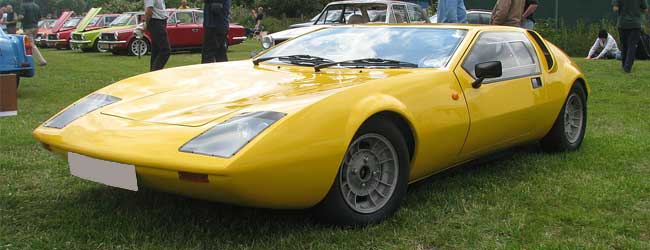
Image Sourced: https://en.wikipedia.org/wiki/File:Gilbern_T11.JPG
For more information on Gilbern’s classic cars you might want to take a look at the Gilbern Owners Club website or if you’d rather see some modern equivalents check out our current coupe leasing deals.




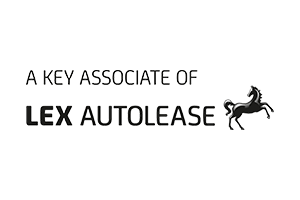



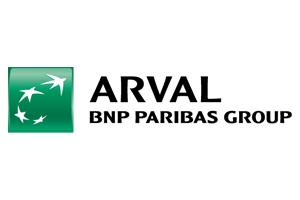
Leave a Comment